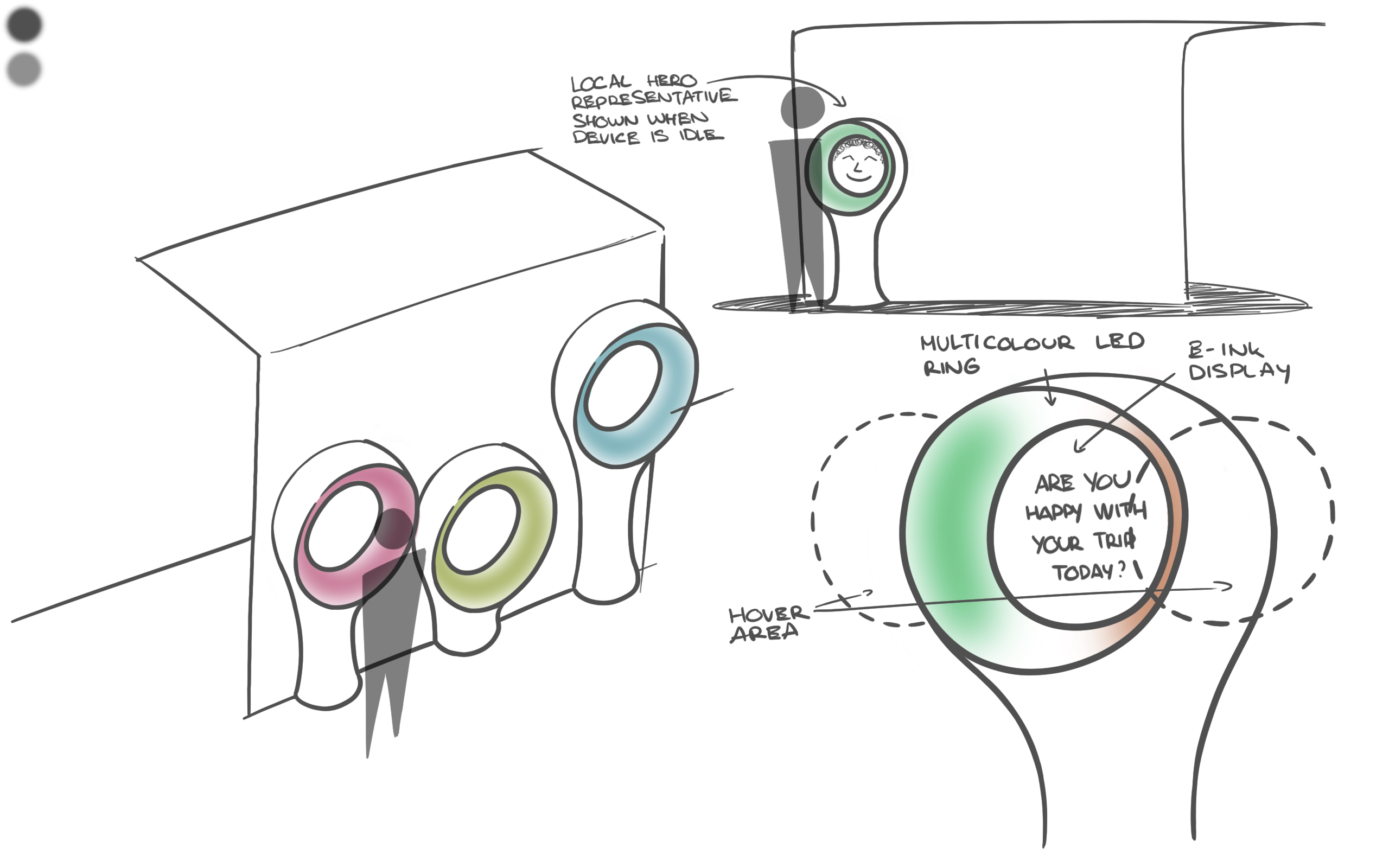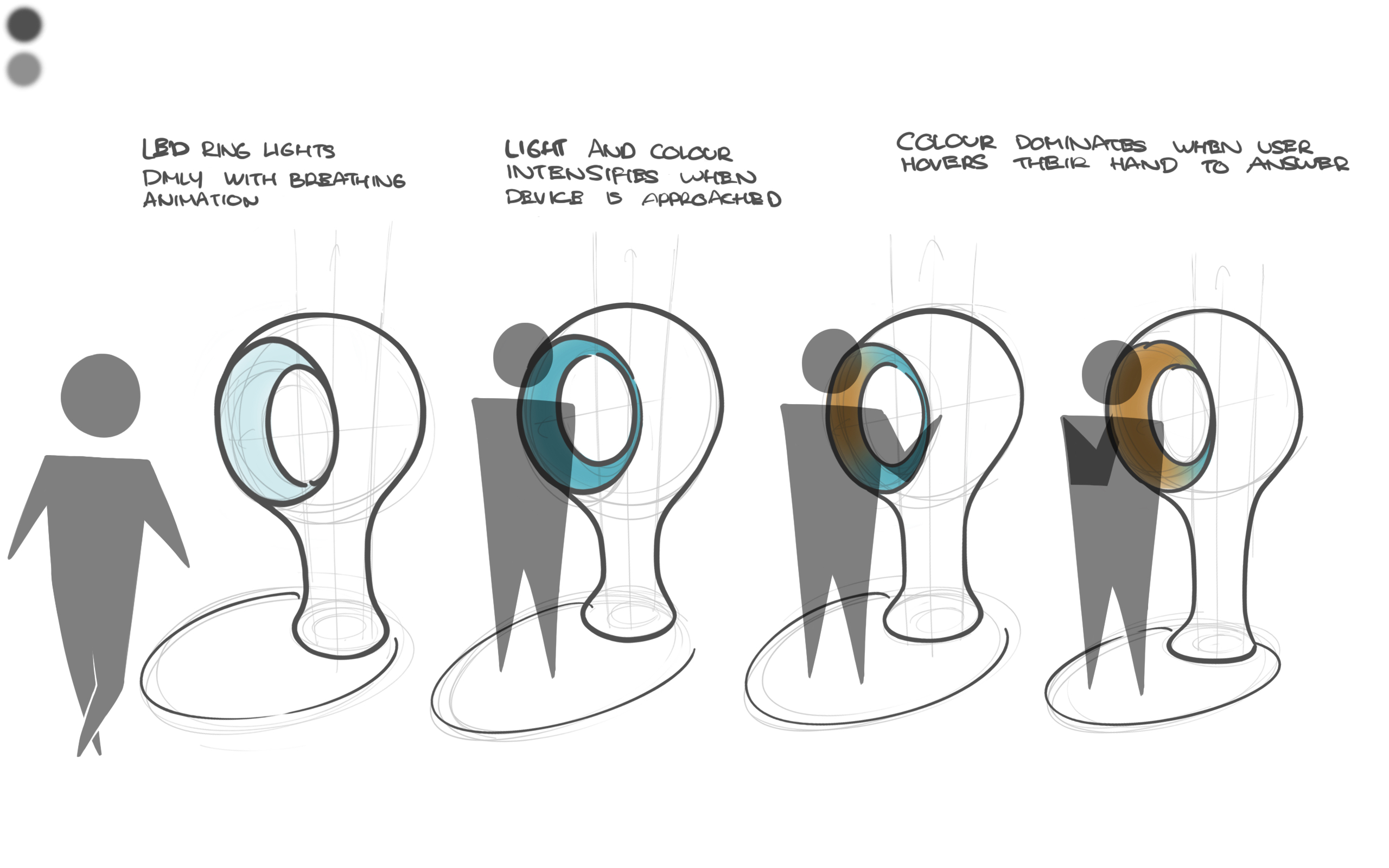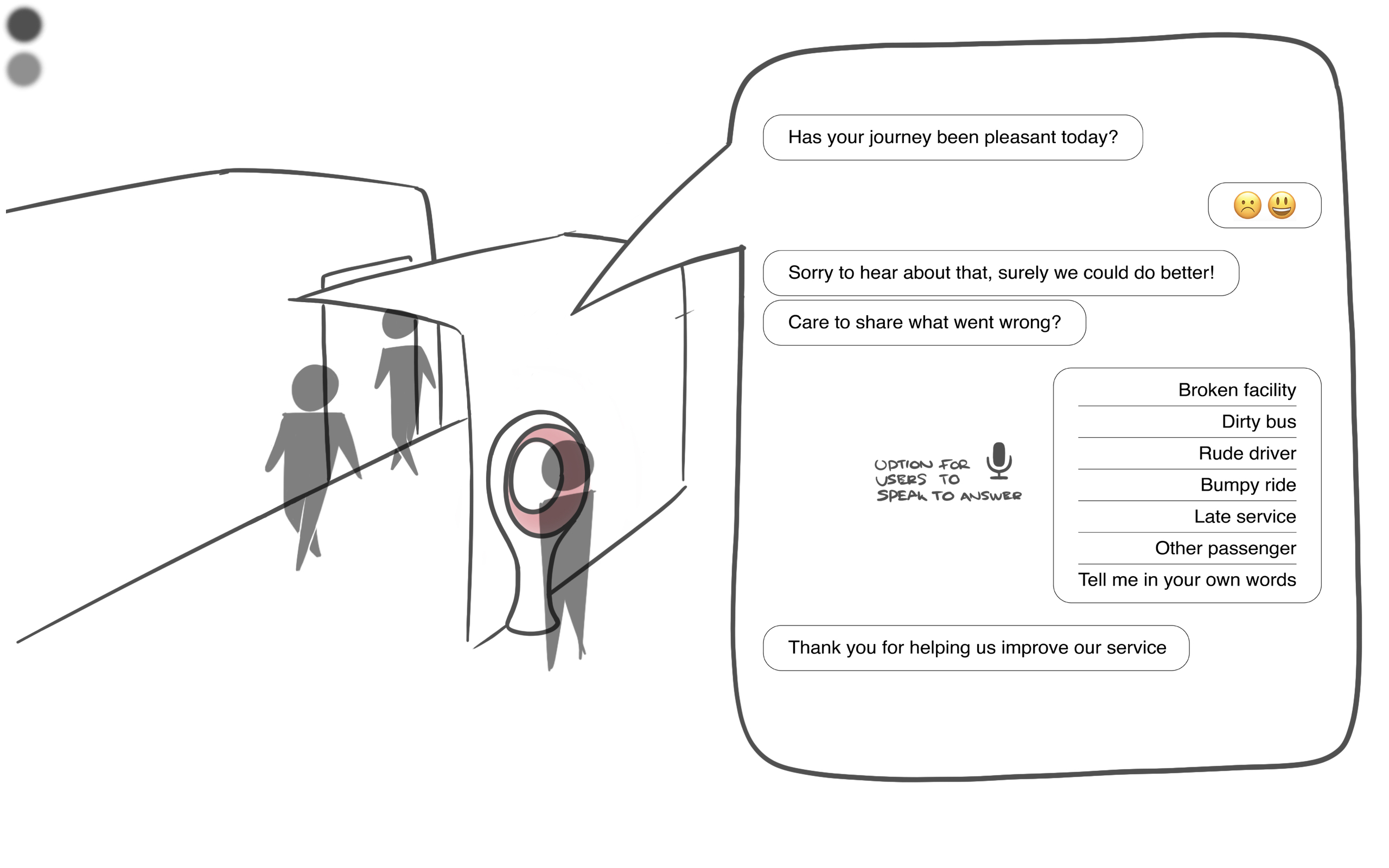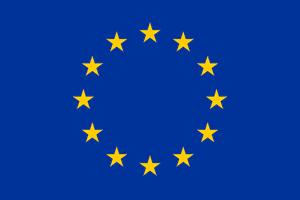Ideas Lab
Interface de rétroaction de bus. Conçu pour le projet TInnGO par Ronald Jurianto.
RONALD JURIANTO
L'interface de rétroaction des bus est créée pour permettre aux fournisseurs de bus d'apprendre de première main comment ils pourraient améliorer leurs services. Conçu physiquement pour être non provocateur, l'affichage fait office de pièce maîtresse, montrant les héros locaux lorsqu'ils sont au repos tout en affichant les questions et les réponses possibles en cours d'utilisation. Autour de l'écran se trouve un anneau multicolore qui permet de montrer aux utilisateurs une représentation numérique de l'émotion, véhiculant ainsi l'empathie. Les utilisateurs peuvent commander l'appareil par le biais du toucher, de la voix ou de gestes de survol et l'appareil répondra de manière audible et visuelle. L'interface frontale concave permet à la communication audio entre les utilisateurs et le dispositif de rester privée.
Comments
I like the idea behind it, that it mimics a face-to-face conversation. On top of that, the form makes it possible to shield the interaction via voice and audio, so that not everyone at the bus stop hears what someone is giving for feedback.
The different heights are well matched to the diversity of users.
In terms of colour play, I would advise against using more than two colours. So close to the face, changing colours too quickly and too colourfully could also have negative effects on users.
When the device is idle, instead of showing the faces of local personalities, you could show sights of the city or art.
The device itself could also serve as a work of art by allowing street artists to paint the casing ;)




4 years ago